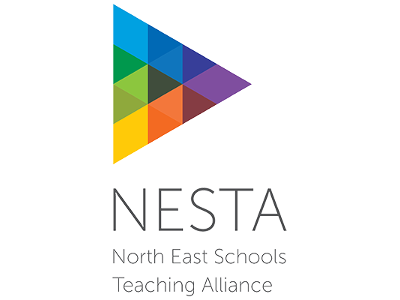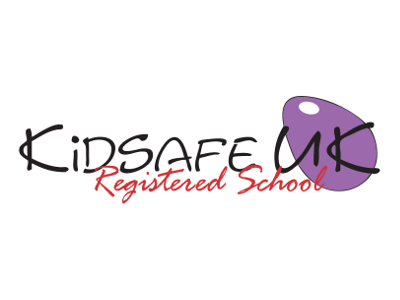Geography – Year 5
Download
Download our Year 5 Geography curriculum here.
Geographical Enquiry |
Physical Geography |
Human Geography |
Geographical Knowledge |
|---|---|---|---|
| I can collect information about a place and use it in a report. I can map land use. I can find possible answers to my own geographical questions. I can make detailed sketches and plans; improving my accuracy later. I can plan a journey to a place in another part of the world, taking account of distance and time. |
I can explain why many cities of the world are situated by rivers. I can explain how a location fits into its wider geographical location; with reference to physical features. I can explain how the water cycle works. I can explain why water is such a valuable commodity. |
I can explain why people are attracted to live by rivers. I can explain how a location fits into its wider geographical location; with reference to human and economical features. I can explain what a place might be like in the future, taking account of issues impacting on human features. |
I can name and locate many of the world’s major rivers on maps. I can name and locate many of the world’s most famous mountain regions on maps. I can locate the USA and Canada on a world map and atlas. I can locate and name the main countries in South America on a world map and atlas. |
Purpose of study |
|---|
| Pupils should extend their knowledge and understanding beyond the local area to include the United Kingdom and Europe, North and South America. This will include the location and characteristics of a range of the world’s most significant human and physical features. They should develop their use of geographical tools and skills to enhance their locational and place knowledge. |
Aims |
|---|
| Location knowledge Locate the world’s countries, using maps to focus on Europe, North and South America concentrating on their environmental regions, key physical and human characteristics, countries and major cities. Name and locate countries and cities of the United Kingdom, geographical regions and their identifying human and physical characteristics, key topographical features (including hills, mountains, coasts and rivers), and land-use patterns; and understand how some of these aspects have changed over time. Identify the position and significance of latitude, longitude, Equator, Northern Hemisphere, Southern Hemisphere, the Tropics of Cancer and Capricorn, Arctic and Antarctic Circle, the Prime/Greenwich Meridian and time zones (including day and night). Place knowledge Human and physical geography Geographical skills and fieldwork |
| Possible topic:
Mining – ordnance survey |
Possible topics:
French visit – link with school |
Possible topics:
London visit – link with map work |











